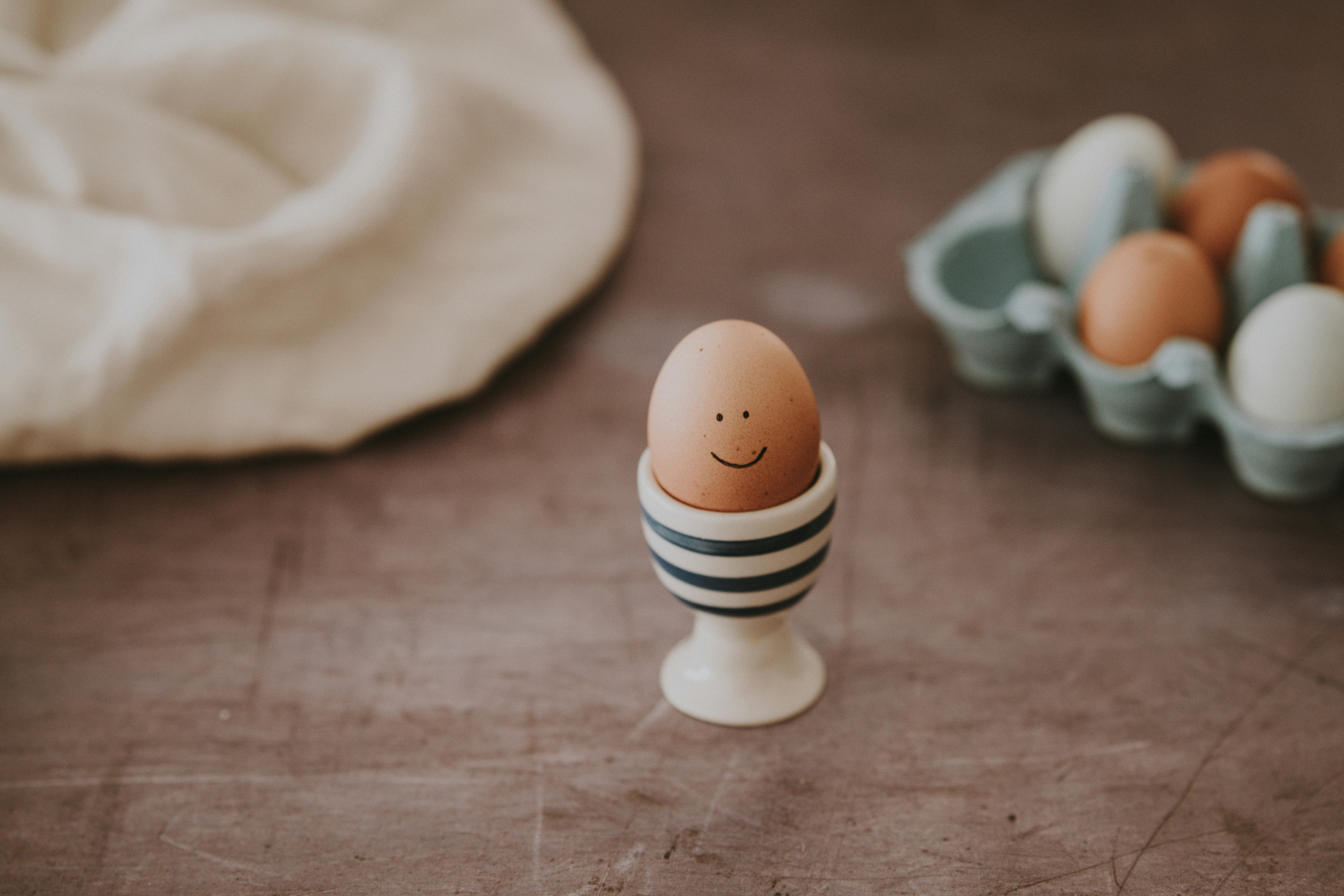Media release
From:
A new method pioneered to optimally cook both the yolk and white (or albumen) of a boiled chicken egg has been published in Communications Engineering. The approach, which the authors call periodic cooking, yields an evenly-cooked egg with a higher nutritional content than shell-on eggs cooked by conventional boiling or sous vide methods.
The yolk and white in chicken eggs cook at two different temperatures: the albumen cooks at 85 degrees Celsius, while the yolk cooks at 65 degrees Celsius. Conventional methods for cooking eggs by hard-boiling at 100 degrees Celsius result in the yolk being fully set, while cooking them at temperatures between 60 and 70 degrees Celsius in a water bath for one hour (a method known as sous vide) leaves the white undercooked.
Pellegrino Musto and colleagues developed a method for consistently cooking eggs by first simulating the process in computational fluid dynamics software. The simulations suggested a method that consists of alternating an egg between a pan of boiling water kept at 100 degrees Celsius and a bowl kept at 30 degrees Celsius, transferring the egg from one to the other every two minutes for a total duration of 32 minutes. The authors then trialled this process in real life to produce food samples to analyse, calling it ‘periodic cooking’. Hard-boiled, soft-boiled, and sous vide eggs were also included in the analysis — the final cooked eggs were tested for their texture and sensory qualities, with their chemical properties evaluated using Nuclear Magnetic Resonance and High-Resolution Mass Spectrometry.
Periodically-cooked eggs had a soft yolk similar to that of a sous vide egg, while the consistency of the white was somewhere between that of sous vide and soft-boiled. Temperatures in the periodically-cooked egg white ranged between 35 and 100 degrees Celsius during cooking, while the yolk remained at a consistent temperature of 67 degrees Celsius. Chemical analysis suggested that the periodically-cooked egg yolks also contained more polyphenols — micronutrients which have been explored for their health benefits.
The authors believe their approach could also have applications in the curing and crystallisation of other materials.
Multimedia




 International
International


